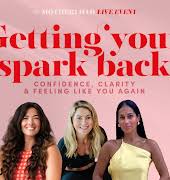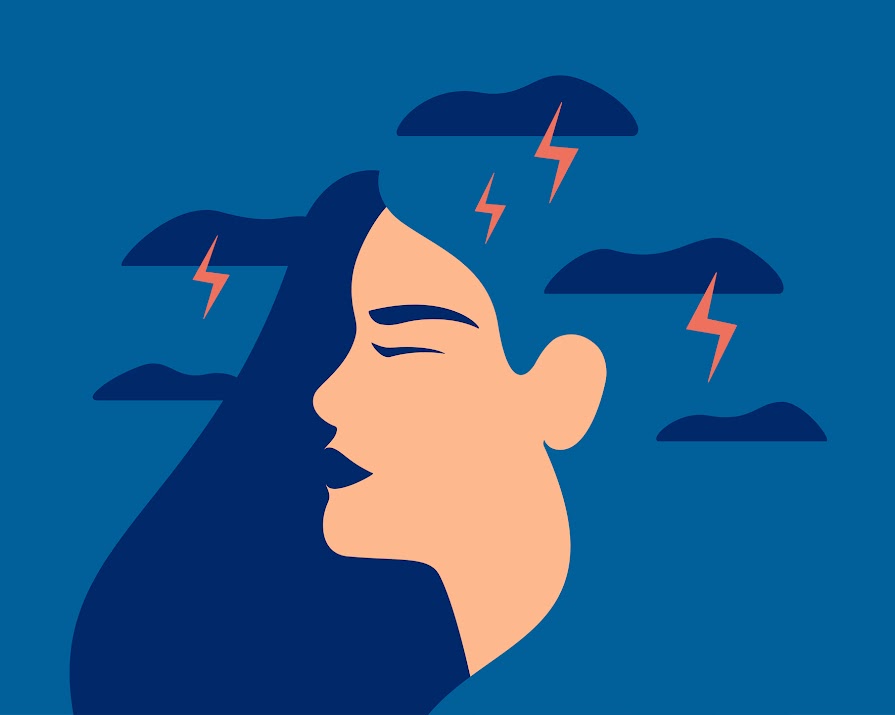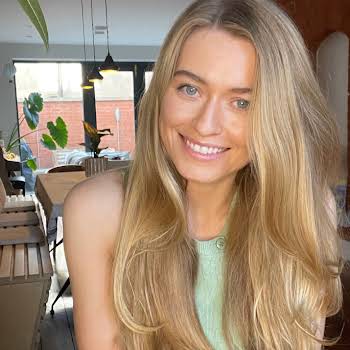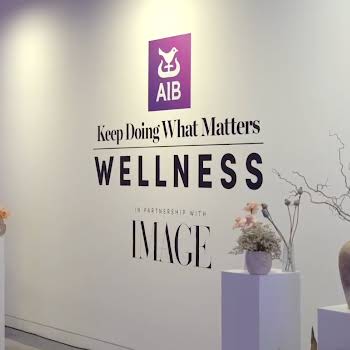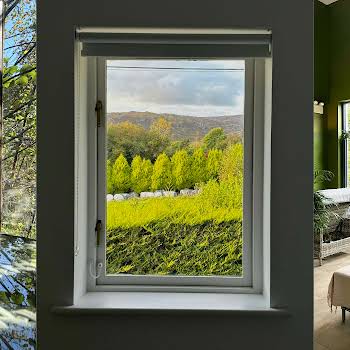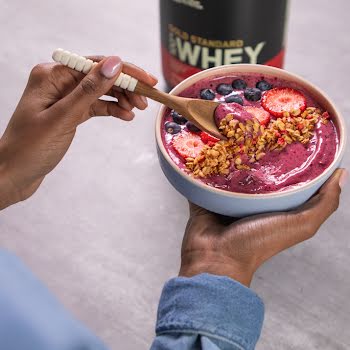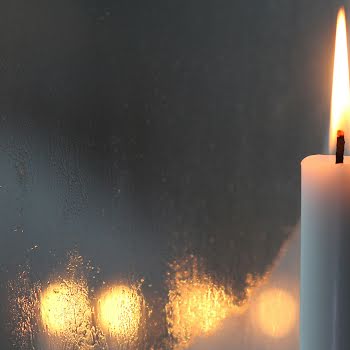
By Jennifer McShane
02nd May 2021
02nd May 2021
Chronic pain is extremely difficult to live with on a daily basis. It's physically and emotionally draining and unless you've experienced it first hand, it's equally exhausting having to constantly repeat this to people — even friends and family. As with anything chronic, there are no 'one size fits all' routes to take in terms of treatment and pain management.
Depending on the cause, many take regular medication, but this is highly unlikely to be the only treatment many will need to take. There are alternative options available. Physiotherapy, acupuncture and dry needling are among popular choices for those who have symptoms or flares of pain every day.
Twenty-eight-year-old Aimeé from Dublin said she sought a different option after being diagnosed with chronic pain symptoms ten years ago and finding little success with more traditional medical options. “I suffer from a lot of pelvic pain,” she explained. “It took me years to get correctly diagnosed because my whole muscular system became affected in that region as a result of a back injury.
“I had been on so much medication for my symptoms, which including unexplained burning when I sat for long periods of time — a result of my muscle tension which affected my nerves to cause the sensation — but they weren’t doing much to help. I was eventually diagnosed with Pelvic Floor Dysfunction and saw a pelvic pain specialist who recommended dry needling as part of my treatment programme.”
“What bothered me the most was the constant burning in my pelvic region; it’s a horrific thing to have to deal with because how do you explain to someone that you have to confine yourself to bed with an icepack?” she continued.
“It was only when I began dry needling that my therapist was able to target ‘trigger points’ — specific points of extreme tension in the muscles that slowly helped ease some of my symptoms — namely the burning. It’s still there as I’m undergoing treatment but it’s taken it from a ten to a five which has at least given me some of my life back.
“My treatment programme is complex as I have a number of other issues stemming from my back injury but dry needling was a huge factor in helping me with my chronic pain.”
What is dry needling?
There are similarities between dry needling and acupuncture but they are not the same. Dry needling involves inserting fine filament needles, as explained via Dry Needling Ireland, into trigger zones of the body or the irritated muscle tissues. The main purpose of dry needling is to relieve muscular pain and muscular myofascial dysfunction — knotted/taut bands of muscles that give characteristic referred pain on pressure. The needles contain no liquid, and nothing is injected.
Is dry needling different from acupuncture?
Yes. Unlike acupuncture, dry needling isn’t exactly a traditional healing method — it’s a modern physiological treatment that a qualified physician can perform. The primary philosophy for acupuncture is that a body can be healed when chi, or healing energy, is released, thus it can be used to treat a variety of ailments.
Dry needling does not involve the flow of the chi. Instead, it primarily involves pain relief by the de-activation of the trigger points of the muscle cells. Needles can be left in for around 10 to 30 minutes or removed a couple of minutes after being injected.
Is dry needling painful?
It should be minimally painful, depending on how tight the trigger area is. Others may feel a prick, cramp, or twitch. Dry needling is generally safe; the most common side effect is when people experience soreness at the needle site which may last for a few hours, or you may also notice a little bruise near the needle site which will fade after a day or two.
A qualified physician or sports physio will be able to treat you via dry needling.
For further information, visit dryneedlingireland.com or contact Milltown Physiotherapy










